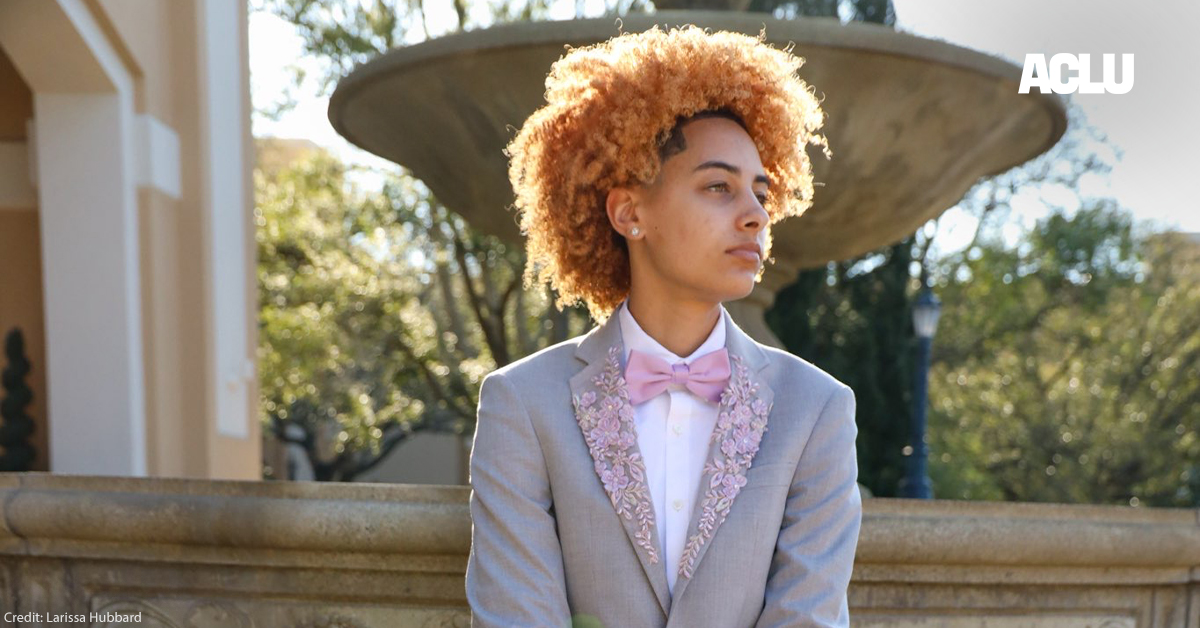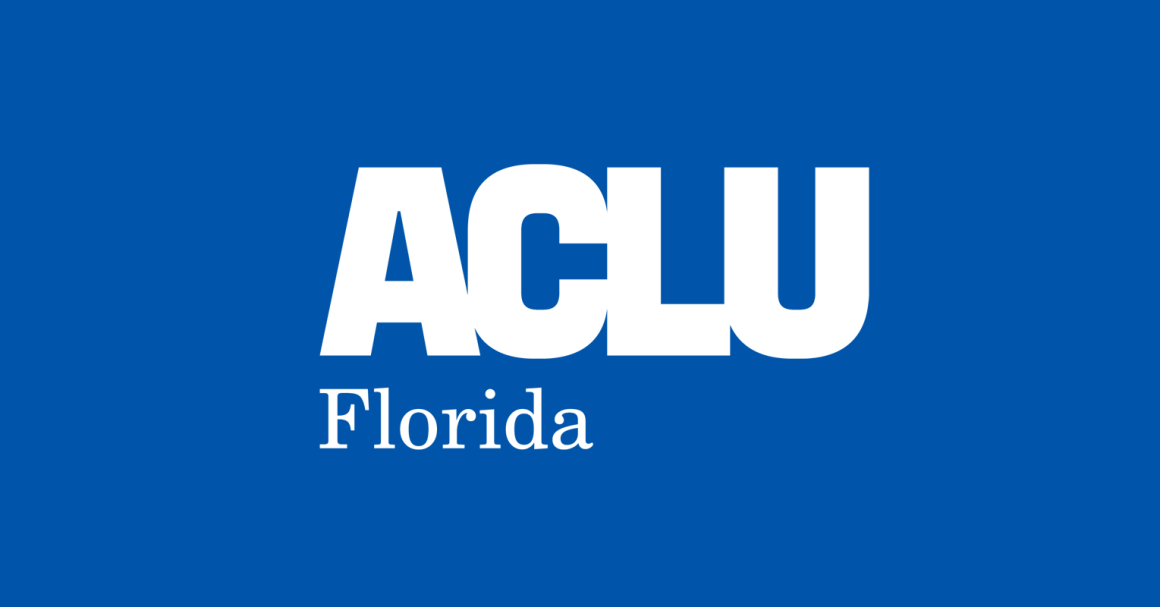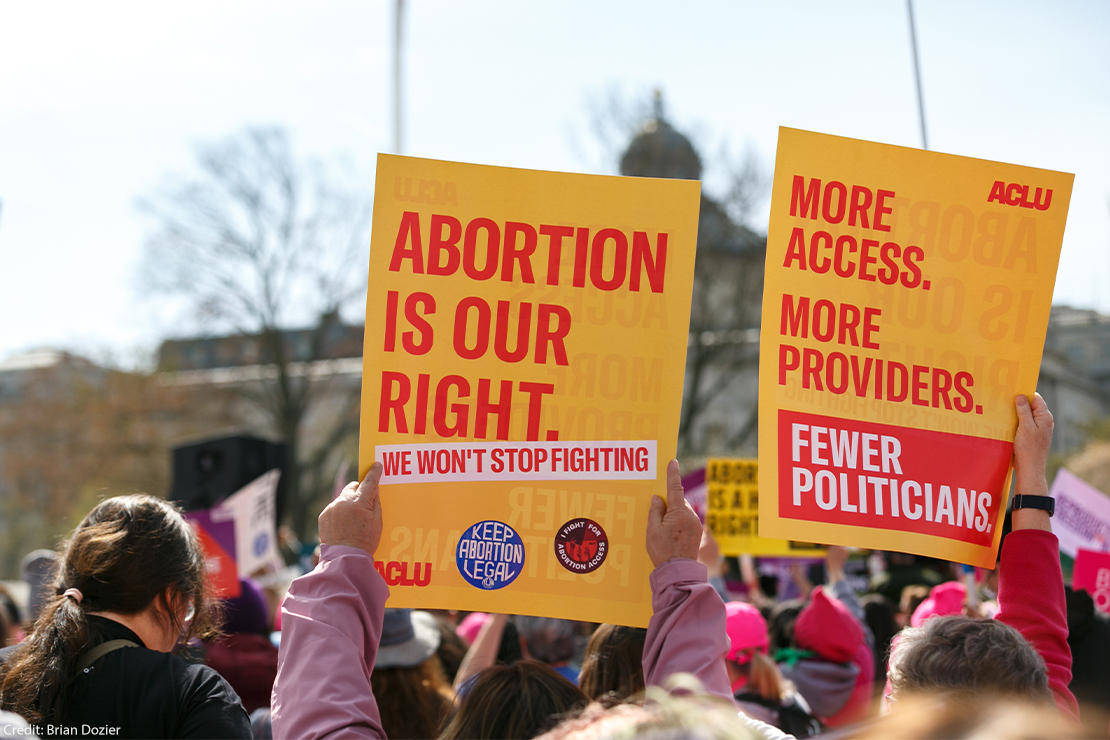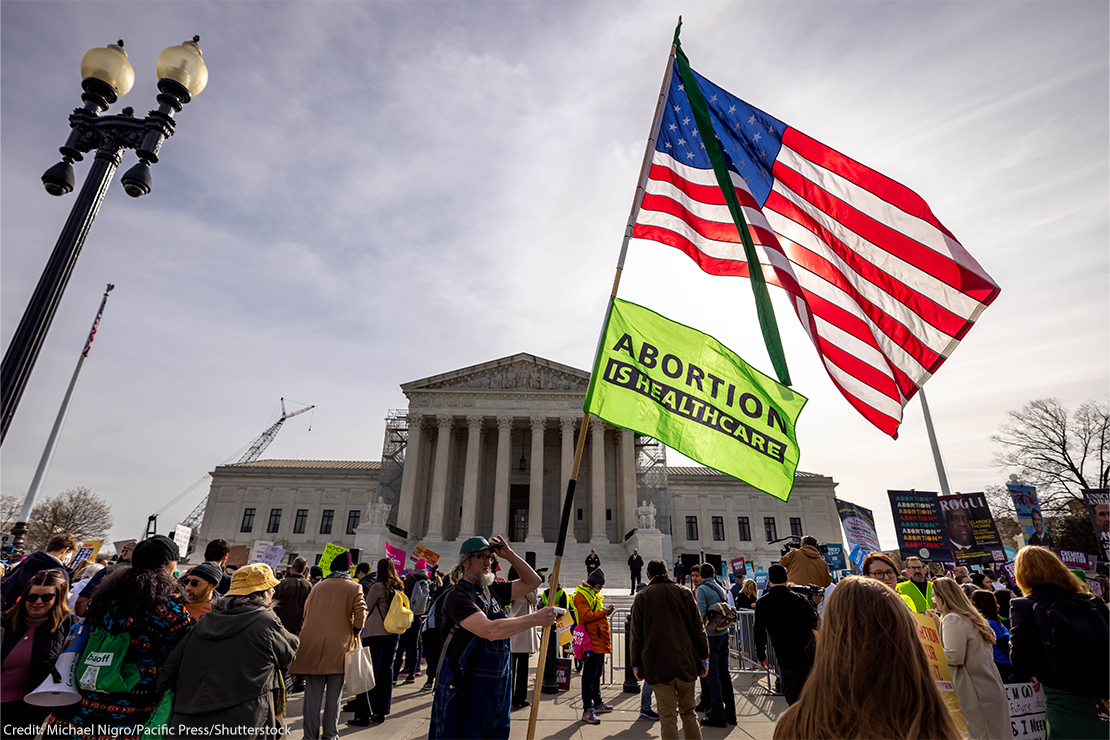A freshly pressed tuxedo shirt. A black bowtie and a crisp black tuxedo jacket, topped off by my curly red afro. On that day last fall, I knew I looked good. I felt like myself. I was so excited to take my senior class portrait. It was a rite of passage I’d been looking forward to for a long time.
I think back fondly on the memories I made at Harrison Central High School in Mississippi. I loved playing basketball with the Red Rebelettes, volunteering with the honor societies, or having so much fun with my friends. I take pride in my accomplishments and experiences.
Most of all, I am immensely proud of who I am – a gay woman of color.
I was eager to take my senior portrait for the yearbook and create a keepsake for my friends, family, and high school community to remember me for years to come.
With my school’s approval, my mom and I scheduled my portrait appointment at the local photography studio. When I arrived, the photographer told me that if I wore my tuxedo then my senior portrait would not be included in the yearbook. I was told my school district required girls to wear a drape – a black off-the-shoulder top that mimics the look of a formal gown. Only boys could wear tuxedos.
I was devastated.
Throughout high school I consistently wore traditionally masculine clothing. Wearing masculine clothing is a central part of the way I express my gender and my sexual orientation. I could not believe that based on my sex, I would be forced to either wear a drape, or have my senior portrait excluded from the yearbook.
My mom and I decided that I would not accept this unfair and sexist rule. I held firm and took my senior portrait – a photograph meant to represent me – in my tuxedo.
When my mom contacted Harrison County Superintendent Mitchell King to ask for my portrait to be included in the yearbook, she got an outright rejection. Superintendent King insisted on enforcing the school district’s requirement that girls must wear drapes for their senior portraits.
My mom kept fighting for my rights. She bought a full-page senior ad and included my senior portrait in it. But in late March, a school staff member told my mom that the principal hadn’t approved the use of my portrait in the ad yet.
By this time, I’d attended my senior prom, wearing – you guessed it – a tuxedo. I received nothing but compliments. No one said that my attire violated the dress code. I was utterly confused at this point. What was so wrong about me wearing a tuxedo in my senior portrait?
When I received my yearbook, I discovered that the school district had deleted me from the graduating senior section of the yearbook entirely. Not only did they refuse to use my portrait, they also refused to print my name, academic honors, sports, or activities. They deleted my portrait from the ad my mom paid for in the yearbook. It was as if my time at Harrison Central never happened.
Not being recognized in the yearbook really hurt. When I look at the senior section today, I see all my peers, I see where my name and accomplishments should have been, and yet I am not there. It feels like the school district erased who I am and what I have achieved.
Despite what happened with the yearbook, I was so excited for my graduation ceremony. I was going to graduate with high honors and experience this once-in-a-lifetime event. As the crowd waited for the seniors to walk the stage, the school played a slideshow with portraits of each member of the graduating class. My family eagerly waited to see my portrait, but it never came. The slideshow skipped right past me.
While I have happy memories of celebrating with my family, it still hurts that the school excluded my portrait from the graduation ceremony. But I won’t let the school – or anyone – stop me from choosing to be myself. The school has no right to try to shame me or erase me or my pride. I am looking ahead to brighter times, starting with playing basketball and studying sports management in college.
I am also committed to ensuring that the next student who shows up at the portrait studio is free to choose a tuxedo or a drape for their senior portrait based on who they are, not who the school thinks they should be. That’s why I joined other Harrison County students in fighting back against the School District’s discriminatory actions by filing a Title IX complaint with the U.S. Department of Education. No student should be forced to conform to rigid sex stereotypes to take part in high school, let alone at capstone events like the yearbook and graduation.
You only graduate from high school once. Together with the ACLU and the community that supports my authentic self-expression, we won’t let schools silence, exclude, or erase us for taking pride in who we are and daring to be ourselves.
Date
Friday, June 21, 2024 - 2:15pmFeatured image







